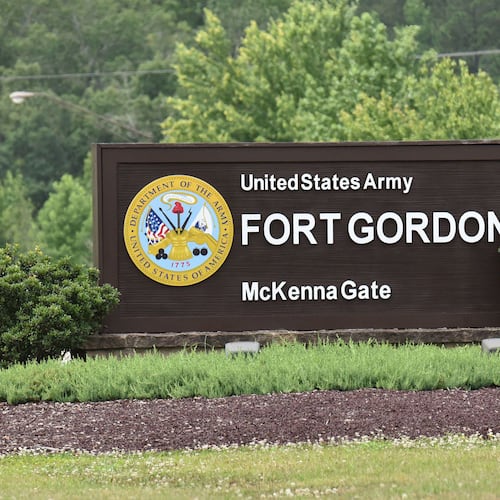North Korean leader Kim Jong-un has made abrupt overtures toward peace this year, offering to meet with President Donald Trump and pledging to end nuclear weapons testing in a bid to reduce military tensions on the Korean peninsula.
Here is a primer on North Korea, its leader and its people.
The name: North Korea -- or formally, the Democratic People's Republic of Korea -- borders China, Russia and South Korea.
Population: 25,115,311 (estimated as of July 2016)
Area: North Korea is a little bigger than Virginia, with 46,000 square miles.
Capital: The capital city is Pyongyang. An interesting fact: Pyongyang runs on its own time zone. It's about 30 minutes behind Japan and South Korea.
No ties: North Korea does not have diplomatic representation in the United States, nor does the U.S. have diplomatic representation in North Korea.
Median age: North Korea's median age is estimated to be 33.8 years.
GNP: The gross domestic product, per capita, is $1,800. In the U.S., it's $51,638.10
Leaders: North Korea is led by Kim Jong-un. Since 1945, the country has been led by three generations of the same family: Kim Il-Sung, in 1945; then his son, Kim Jong-Il, upon his father's death in 1994; then the current leader, Kim Jong-un, upon his father's death in 2011.
Why are there two Koreas?
From 1910 until the end of World War II, Japan controlled the Korean Peninsula. After the Japanese lost the war, the U.S. occupied the southern half of the peninsula and the Russians occupied the north half.
In 1945, Kim Il-Sung became the country’s first leader. In 1948, separate governments -- one in the north and one in the south -- formed after regional differences went unresolved.
On June 25, 1950, North Korea invaded South Korea. The United Nations intervened with troops, and the “police action” (another name for a war), continued until 1953.
After a peace treaty was brokered, the country broke into two countries. South Korea becomes a prosperous capitalist nation, while North Korea remains a poor country.
Why are tensions high now?
North Korea's leader is considered unstable and his regime is a brutal one. It is believed that North Korea spends between one-quarter and one-third of its GDP on the military and weapons development in a country where nearly 2 million people starved to death in the 1990s.
A series of nuclear weapons tests by North Korea has world leaders on edge.
Can North Korea attack nearby countries with nuclear weapons?
They can now if they have indeed created a warhead small enough to be delivered on a missile that is fired at an enemy. North Korea says it has done that, but there has been no verification of that by the U.N. or other countries.
Interesting facts about the country
- USA Today reports that North Koreans born after the Korean War tend to be shorter than South Koreans of the same age. About 2 inches shorter, in fact.
- According to The Chosun Ilbo, men are encouraged to copy the hairstyle of the country's leader, Kim Jong-un. No long hair. Women should copy the style of his wife, he reportedly said.
- North Korea claims it has a 100 percent literacy rate for both men and women, according to the CIA World Factbook.
- Only 3 percent of the roads in North Korea are paved. (CIA World Factbook.)
- You cannot become a citizen of North Korea unless one of your parents is a citizen. (CIA World Factbook.)
- The last election was held in the country on March 9, 2014. Kim Jong-un won 100 percent of the vote. The next one is scheduled for March 2019.
About the Author
Keep Reading
The Latest
Featured

